The way to improve disabled representation and empower disabled creators
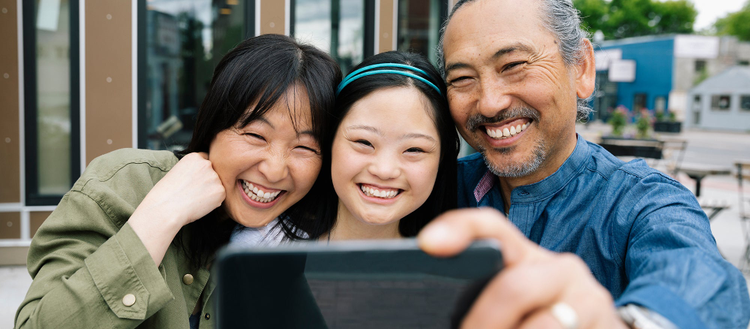
Credit: Adobe Stock / Hero Images.
Andraéa LaVant is President and Chief Inclusion Specialist at LaVant Consulting, working with organizations to ensure that people with disabilities are included and represented. In 2021, Adobe Stock partnered with LaVant to consult on greater inclusion and promotion of opportunities among disabled creators.
When Kimberlé Williams Crenshaw coined the term “intersectionality,” she was fighting against our tendency to think of identities as singular. Race, class, gender, and sexuality are often described as discrete categories that have their own stable lanes — what she called the “single-axis analysis.” As a Black woman, Crenshaw knew that “the intersectional experience is greater than the sum of racism and sexism,” and that any understanding of Black women’s experience required we pay attention to the intersections of multiple identities.
As a Black disabled woman, I’ve spent my life deeply aware of the intersections between disability and race, class, gender, among others. In America, where roughly 1 in 4 Black people are disabled and the median family income of disabled households is nearly half of non-disabled ones, intersectionality is key to understanding many disabled people’s lives.
My experience living with these identities is something I’ve learned to claim as my own. After over a decade working at non-profits, I brought my professional and lived experiences together by starting LaVant Consulting. Our mission is to help companies make impactful and transformative changes so that they can engage, invite, and value disabled people like myself.
We’ve worked with organizations like the Ford Foundation, Google, and Verizon to develop company cultures and media campaigns advocating for disability inclusion. I’ve also worked as the impact producer for the Netflix documentary Crip Camp.
For Adobe Stock, we’ve lent our expertise to find more ways to engage with disabled artists through the Advocates program, helping ensure that their valuable perspectives are included in the visuals Adobe Stock promotes. I also worked to help establish the Crip Camp x Adobe Fellowship in honor of Black trans disability activist, Ki’Tay Davidson. This fellowship awards disabled artists $5,000 to pursue a passion project, connects them with industry mentors, and offers one free year of Creative Cloud.
Projects like these all contribute to changing the way the world sees disability — and offering pathways to lasting change.
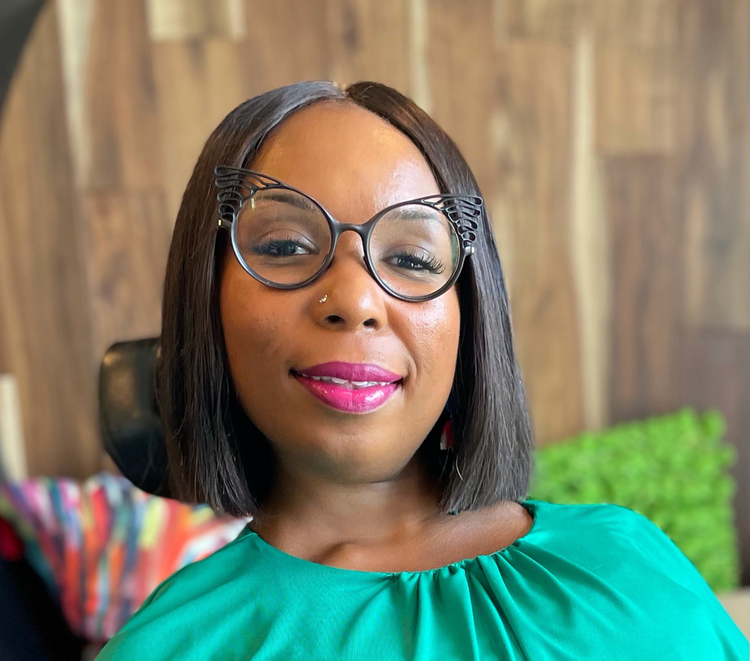
Headshot of Andraéa LaVant, President and Chief Inclusion Specialist at LaVant Consulting.
Learning and doing better
While progress is certainly being made, the media we see around us every day often flattens disabled experiences into one-dimensional stereotypes, or ignores us altogether. Among the many barriers to better representation, one of the easiest to overcome is learning what content can be harmful and why, as well as what great, engaging, and powerful content looks like. Much of my work stems from education: when people don’t know better, they can’t do better.
There are many harmful tropes and stereotypes in how disabled people are depicted. The “inspirational story” trope where a disabled person is framed in a way that centers their overcoming disability over anything else. It seems to say, “if they can do it, so can you!” which really comes down to trying to make non-disabled people feel better about their lives and struggles.
Then there’s the “superhero” trope, which allows disabled people to exist only when their experience is compensated by superpowers. While many disabled people may take inspiration from characters like Professor X and Daredevil, there’s a danger, again, in framing disability only as something overcome by fantastical powers. What about disabled people in naturalistic stories that reflect the real world?
These kinds of tropes aren’t always harmful per se, but when they’re the only media about disability that exists, that limits our understanding and vision of real disabled lives. What “authentic representation” means is depicting disabled people fully and wholly as human beings with rich, complicated, and valuable lives.

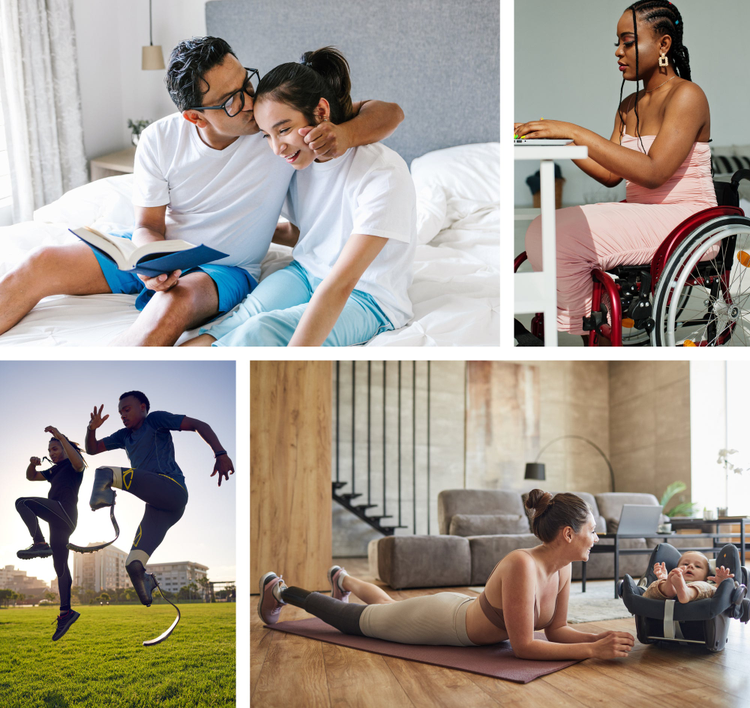
Credit: Clockwise from top left: Adobe Stock / Marcos, Adobe Stock / AS Photo Project, Adobe Stock / Seventyfour, Adobe Stock / Trevor Adeline/Caia.
Involving disability from the beginning
One thing I find myself saying again and again, both in the corporate world and about the media landscape, is that disabled people can’t just be part of the endgame. The pathway to genuine, impactful, and transformative change starts with having disabled people involved from the beginning: as decision-makers, curators, editors, and artists as well as models.
When disabled people are hired to be in editorial meetings, strategy meetings, and in production, we bring with us not only our skills and expertise but our personal experiences. Knowing the boundary between a media campaign that feels nuanced instead of condescending is not something able-bodied people are in the best position to know — but it is what every disabled person can speak from experience about.
Shows like Special, created and performed by Ryan O’Connell, draw their strength from giving the instruments of storytelling to the people behind the camera as well as in front of it. Artists and models like Chella Man and Aaron Philip are such powerful creators and media influencers because their work comes from a place of experience — they wield social media as a tool for claiming their own narratives before anyone else does.
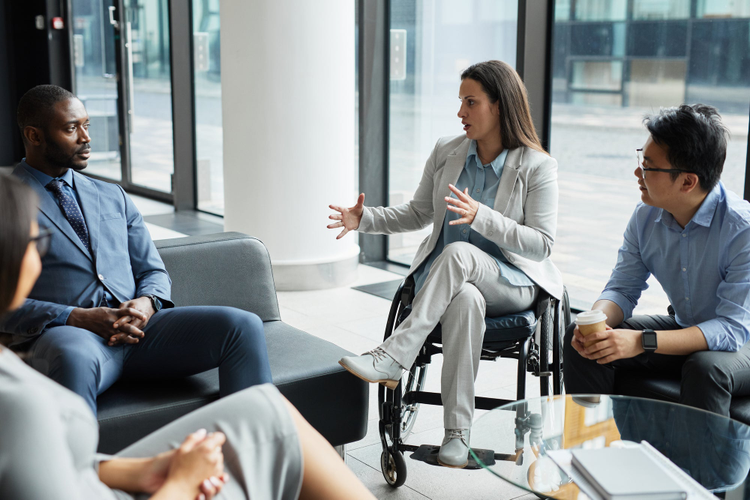
Credit: Adobe Stock / Seventyfour.
Empowering disabled creators
As easy as it to say disabled creators need to be involved earlier, I realize the expenses involved in production are often a challenge. Much of my work at companies that are platforms for creators and artists is to help establish networks that empower disabled people. Opportunities like the Adobe Stock Artist Development Fund and Adobe Creative Residency offer ways for disabled artists to get support for creating — and for getting their work out into the world.
I also advocate for hiring disabled contributors outside the script or screen. Hiring disabled people for media campaigns as inclusion consultants, on your internal teams or, as I was for Crip Camp, impact producers, leads to a richer, more powerful, and lasting product. This is something to keep in mind when shooting stock photography, designing advertising campaigns, and more.
Including disability throughout creation not only leads to better film, television, documentaries, and media campaigns: it’s plain business sense. Disabled people are nearly 25 percent of the US population with 500 billion in disposable income. 90 percent of consumers prefer brands that support ethical and social causes. People want to give their money to companies that care.
Although it won’t happen overnight, through our work and perseverance, disabled people are remaking the media landscape worldwide for the better.
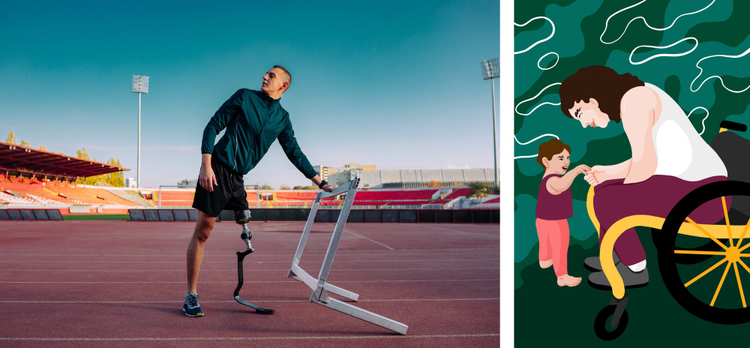
Credit: Left: Adobe Stock / bernardbodo Right: Adobe Stock / Andrea.